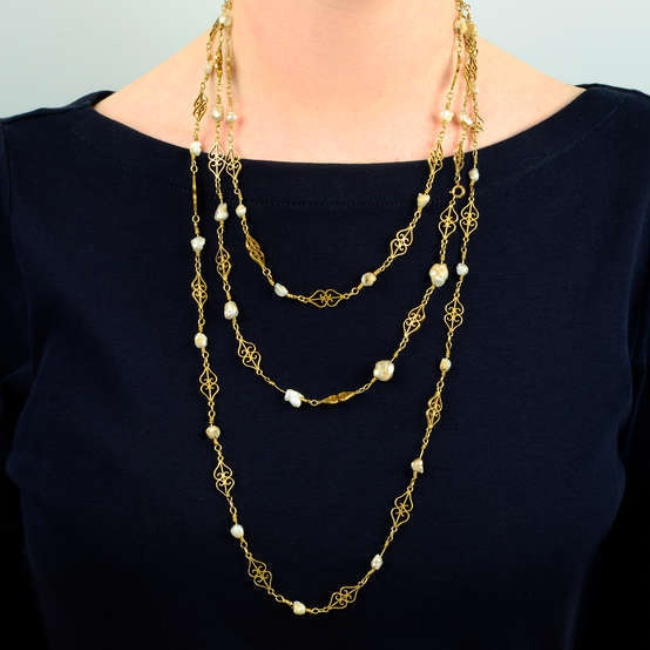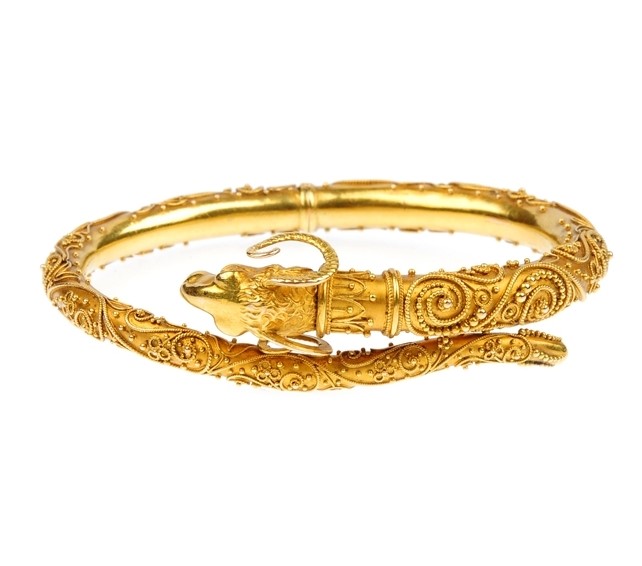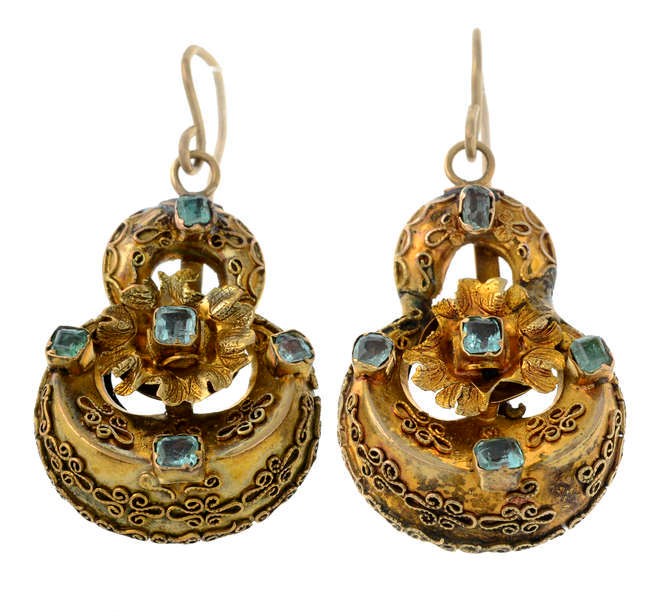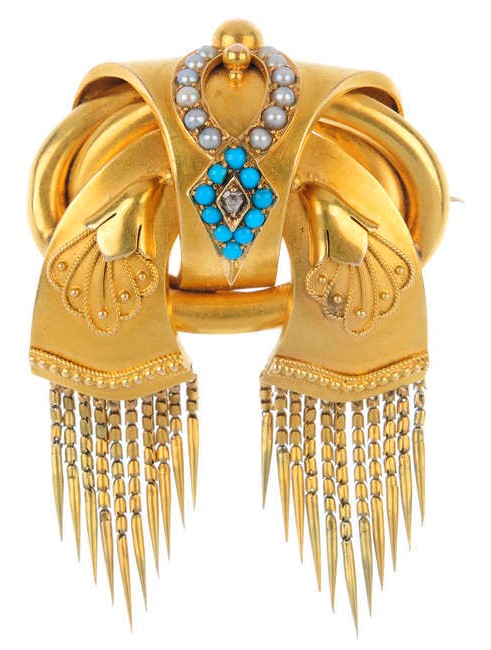The resurgence of Etruscan jewelry took place during the same era as the revival of Egyptian and Hellenistic styles, inspired by the thrill of archaeological findings. The uncovering of groundbreaking artifacts in Pompeii and Herculaneum between 1740 and 1750 sparked a newfound fascination with the ancient world that soon spread across the globe. It wasn't until the 19th century, however, that jewelers were able to employ more advanced techniques, enabling them to successfully emulate the intricate Etruscan style.
The Ancient Etruscans
The Etruscan civilization, which emerged from the Villanovan culture during the Iron Age, has a rich history dating back to 900 BC. It predates the Roman Empire and experienced its peak around 750 BC, during the early stages of the Roman Kingdom. The culture flourished and spread throughout western Italy, particularly in the north, but also as far as Campania. The Roman name for the Etruscans - Tuscī or Etruscī, is where we now get the name Tuscany.
While the Etruscan culture was far smaller than what we now understand as the Roman Empire, during the early stages of development, the Etruscans were extremely influential on the Romans. Their language and culture were assimilated, they particularly influenced Latin, Roman rituals, religion, architecture, and everything in between. The name 'Rome' even came from the Etruscan language. As the Roman empire grew, the Etruscans eventually became almost indistinguishable from their Roman neighbours and their culture was absorbed.
Tuscany, the main region where the Etruscans lived before being conquered by the Romans, was abundant in minerals. The Etruscans had a prosperous mining industry that played a significant role in the rapid growth of their economy. Over time, their technical skills improved and with the discovery of iron, their tools became more advanced. As a result, the quality of their jewellery also improved. Their intricate and delicate designs in high-carat gold are now highly regarded.
Etruscan Revival Jewellery

A mid to late 19th century 18ct gold baroque pearl necklace, by Castellani.
Price Realised: £4,210.80
During the 19th century, the Grand Tour was a fashionable way for affluent young men to broaden their education. They would embark on a tour of Europe that included countries like Greece, France, and Italy. The ancient artefacts that they encountered were fascinating, especially those from the enigmatic Etruscan civilization. Upon returning, these young men would commission their jewellers to replicate the intricate and delicate designs they had witnessed during their travels.
This trend continued to grow due to the work of the Italian jewellery designer, Alessandro Castellani. In 1836, Castellani was allowed permission from the Vatican to view the contents of the unopened Regolini-Galassi tomb, the tomb of one of the wealthiest Etruscan families.
Castellani took inspiration from the extensive jewels he saw and created his own stunning collection of jewellery that mirrored the techniques and aesthetics of the ancient jewellery. Examples of his work can be seen at The Met in New York and in The Brish Museum. The British Museum also holds a large portion of Castellani's personal collection of ancient art and jewellery. For example a stunning Etruscan scarab necklace, and a Roman butterfly necklace.
Revival Jewellery at Auction
We have a lot of revival jewellery come through our auctions. If you want to read more about how other ancient civilisations have inspired jewellers through the years you can read our blog on the Egyptian revival.















